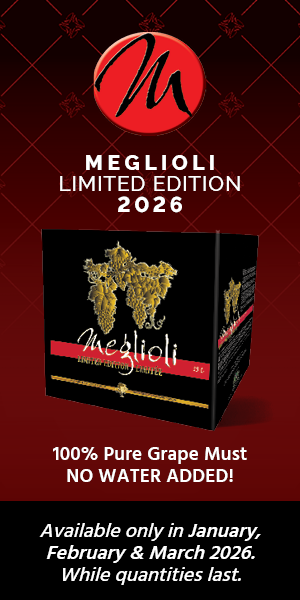 Have no fear of the Champagne yeast failing to take off in your honey. As long as you dilute the honey accordingly, you’ll have a sugar solution that the yeast should happily ferment to dryness (in other words, minimum residual sugar) — or to whatever point at which you want to arrest fermentation with cold temperatures or sulfite additions.
Have no fear of the Champagne yeast failing to take off in your honey. As long as you dilute the honey accordingly, you’ll have a sugar solution that the yeast should happily ferment to dryness (in other words, minimum residual sugar) — or to whatever point at which you want to arrest fermentation with cold temperatures or sulfite additions.
It ‘s always a good idea to add yeast extract, nutrient or hulls to a honey fermentation because honey lacks many of the essential nutrients that yeast need to survive. Though they serve a similar purpose, the above additives are not one and the same.
Yeast hulls (sometimes called “yeast ghosts”) are essentially yeast skeletons. They’re the freeze-dried empty shells of yeast cells that have had the water and other liquid elements sucked out of them. Sounds a little gruesome, but yeast hulls provide extra nutrients that are critical to a fermentation.
Yeast extract, on the other hand, is basically a concentrated slurry of dead yeast cells. It’s sold dehydrated or wet. This slurry is rich in vitamins, minerals, nitrogen and other elements, some of which yeast can use and some that they’ll simply excrete un-metabolized.
Yeast nutrient (sometimes called “yeast food”) is a scientific, laboratory-formulated mix of good stuff (nitrogen, amino acids, certain proteins and minerals) that yeast need and actively metabolize in fermentation conditions. Yeast nutrient is the most expensive additive of the three and a little bit goes a long way.
It’s up to each individual winemaker to decide which additives, if any, they choose to introduce into a fermentation. Mead and other fruit beverages, which may lack the proper balance of nutrients for a maximized fermentation, are classic cases where yeast nutrients, yeast hulls and yeast extract have been successfully used.
For more of the Wine Wizard’s wisdom, pick up the latest issue of WineMaker, available at better winemaking retail shops and newsstand locations. Do you have a question for the All-Knowing Wine Wizard? Mail it to: WineMaker, 5053 Main Street, Suite A, Manchester Center, VT 05255. Or e-mail [email protected]. The Wiz will select several questions to answer in each issue, but can’t reply to each letter personally. Sorry!




